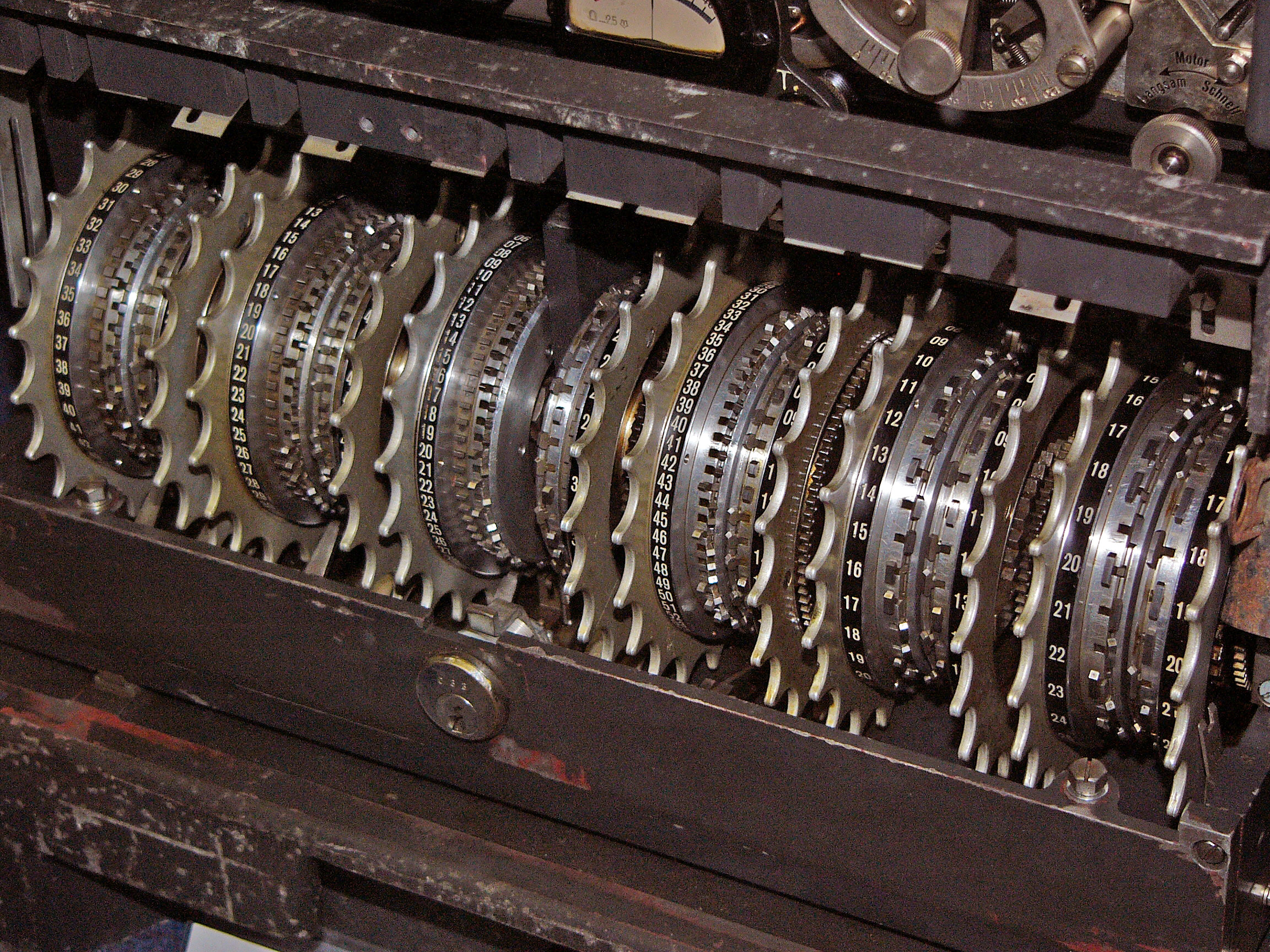Even on a technology blog it is sometimes time to look back instead of forwards. Because sometimes it is important to remember where you’ve come from and not just to look at where you’re going. In this entry I’d like to take some time and reflect on an important piece of technology history that is about to reach retirement age: the mighty Colossus.
Colossus, for all those young whippersnappers out there who don’t know, was the name of the world’s first series of electronic, digital, programmable computing machines. It was designed in the United Kingdom in 1943, becoming operational for the first time in December of that year. The first prototype was subsequently shipped to Bletchley Park where it was put to work in February 1944, breaking German military codes.
 Colossus was built to decrypt encoded messages from the German high command that had been intercepted by British listening posts. These messages had been encrypted using a Lorenz Cipher, which is a combination of a running cipher mechanism in combination with a statistical cipher that changes at irregular but predictable intervals. The coding mechanism depends on two symmetric keys which the Germans implemented as two sets of wheels on an encoding machine (knowing which wheels to use when was the implementation of having the correct key).
Colossus was built to decrypt encoded messages from the German high command that had been intercepted by British listening posts. These messages had been encrypted using a Lorenz Cipher, which is a combination of a running cipher mechanism in combination with a statistical cipher that changes at irregular but predictable intervals. The coding mechanism depends on two symmetric keys which the Germans implemented as two sets of wheels on an encoding machine (knowing which wheels to use when was the implementation of having the correct key).
The machine codes generated by the German machines was broken by British codebreaker William Tutte, who discovered that the keys produced by the machine were vulnerable to statistical predictability and could therefore be reconstituted from the encrypted messages (albeit with a good deal of effort). This discovery lead to the creation of a fully electro-mechanical codebreaking machine that could perform the two steps necessary to break the keys of the Lorenz cipher (pinsetting, or finding the pins on all the wheels used by the Lorenz machines and wheelsetting, rediscovering the position of the wheels in the machine).
The original machine suffered from mechanical problems at high speeds though, causing the ticker tapes being used to get stretched and therefore be inaccurate. Compensating for this made the machines unworkable slow. In order to come up with a more definitive solution, the codebreaking team at Bletchley Park turned to Tommy Flowers. In 1943 he designed a new machine that represented the different tickers used in the codebreaking process electronically, which meant that stretching was not a problem.
The first machine, Colossus Mark I, was originally designed to help with the wheelsetting problem. That meant that it should be possible to program it with the known pin settings of the wheels — making it a programmable machine. Flowers implemented this requirement using a set of switches between the vacuum tubes of his machine. It was this design that went into operation in December 1943 for testing, was shipped to Bletchley and put into codebreaking operation on February 5, 1944.
By June 1944, Colossus Mark I was succeeded by Mark II. The new design allowed for greater operator ease, included more vacuum tubes for a factor five increase in speed and was capable of handling the pinsetting problem as well. All in all, eleven Mark II machines were put into operation before the German army surrendered in June 1945.

After the war, unfortunately, Colossus was destroyed for security reasons — the machines were scrapped, the blueprints burned and everything else was classified until 1970. For that reason Colossus never made it into the general histories of computing and never had much influence on later designers (except those that worked on it). The designers and builders of Colossus themselves, however, all went on to be the core of British computing, mathematics and related sciences for decades. Their creations included machines such as EDSAC and the Manchester Mark I, plus leading research into cryptography and cryptanalysis.
In 2007 however, a team from the Computer Conservation Society finally succeeded in reconstructing a Colossus Mark II machine. The reconstruction was done using original engineering notes (by now declassified), interviews with original designers and in some cases blueprints recreated by those original designers. This piece of computing history (operational and verified) is currently on display at the Bletchley Park museum, in the same spot where its wartime predecessor Colossus number 9 worked to defeat Nazi Germany.